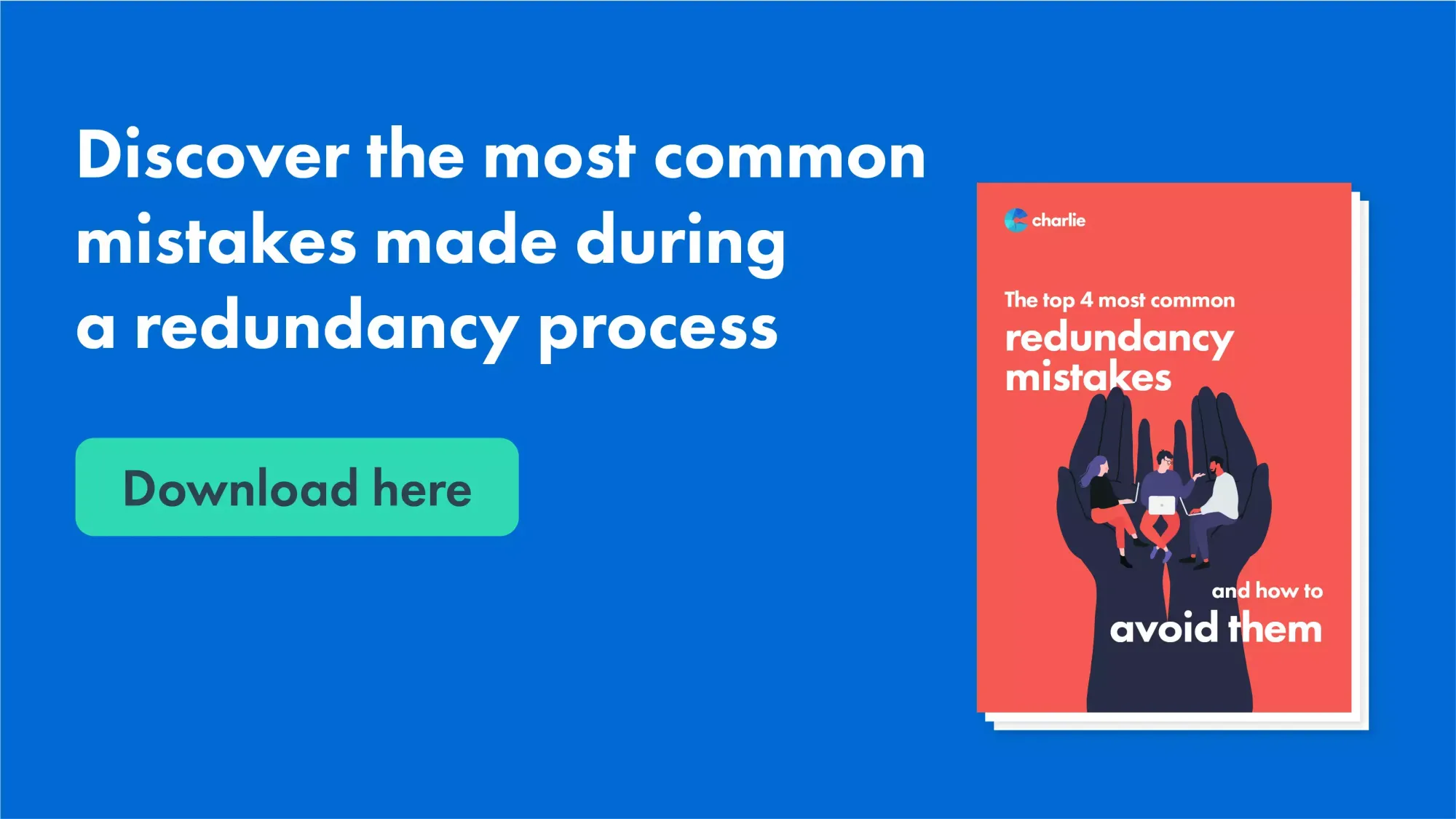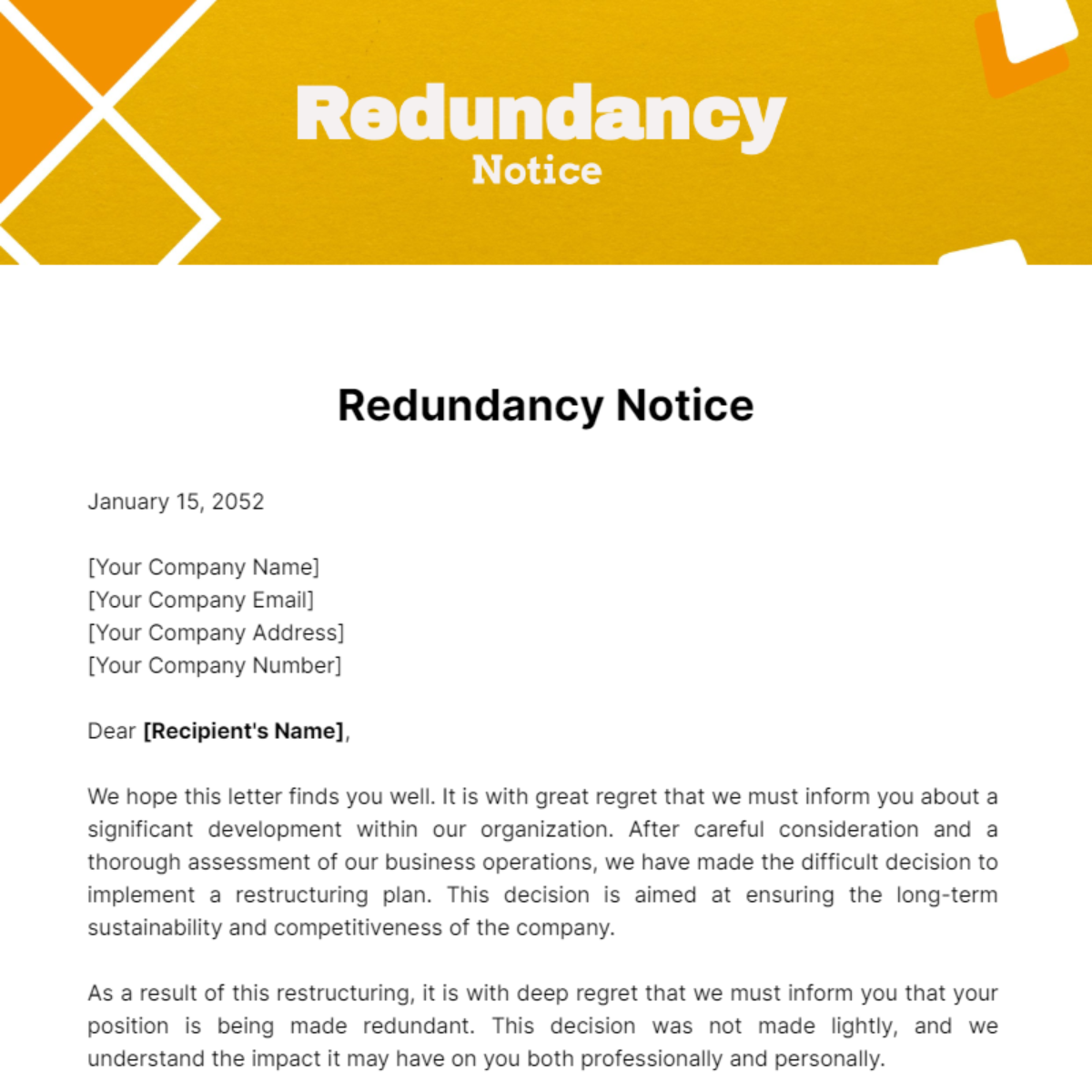Clarified: If a Company Goes Bust Who Pays Redundancy in the UK?
Clarified: If a Company Goes Bust Who Pays Redundancy in the UK?
Blog Article
Investigating the Interaction Between Firm Redundancy and Organizational Adaptability for Future Development
In the vibrant landscape of today's business world, the complex partnership in between company redundancy and organizational versatility arises as an essential aspect for continual growth and success. Business commonly encounter the difficulty of striking a delicate equilibrium in between keeping a level of redundancy to reduce dangers and cultivating adaptability to respond quickly to the ever-evolving market needs.
Relevance of Firm Redundancy
Firm redundancy is an important aspect that boosts organizational durability and minimizes functional threats. By including redundancy actions within the business framework, business can better stand up to unpredicted disturbances and changes in the company environment. Redundancy functions as a critical buffer, enabling business to adapt and respond effectively to unanticipated obstacles without endangering crucial procedures.
One trick element of the value of company redundancy is its role in ensuring connection throughout times of crisis. When faced with abrupt adjustments or emergency situations, redundant systems, resources, or employees can action in to preserve essential features and avoid widespread disturbances. This connection not only safeguards the company's reputation and consumer depend on but also lessens economic losses and functional downtime.
Approaches for Organizational Adaptability

An additional important approach is buying technology and facilities that can sustain adaptability and scalability. Executing electronic devices, automation, and information analytics can simplify operations, improve efficiency, and supply beneficial insights for informed decision-making. Furthermore, producing versatile business frameworks that permit fast changes to market characteristics and consumer demands is essential for staying competitive in a quickly progressing atmosphere. By proactively determining prospective interruptions and chances, organizations can proactively flourish and adapt in an ever-changing company landscape.
Harmonizing Redundancy and Flexibility
Attaining an unified equilibrium in between operational redundancy and business adaptability is vital in navigating the intricacies of a dynamic business atmosphere. Redundancy within a company gives Learn More a safeguard, guaranteeing connection and stability in procedures. Nevertheless, an excess of redundancy can bring about inadequacies and hinder flexibility to altering market problems. On the other hand, business versatility permits firms to react without delay to outside interruptions and confiscate new possibilities. Striking the ideal balance between redundancy and versatility is a delicate process that needs a deep understanding of the organization's goals, market characteristics, and danger resistance.
To accomplish this equilibrium, firms need to conduct regular evaluations of their operations to determine areas where redundancy is required for danger mitigation and where versatility can drive advancement and development. Applying flexible frameworks, fostering a society of continual learning and renovation, and urging open communication across all degrees of the company are crucial methods to balance redundancy and versatility efficiently. By aligning these two critical elements, firms can place themselves for sustainable growth and success in an ever-changing service landscape.
Study on Adaptation Success
In analyzing instances of effective business adaptation, it becomes noticeable that the interaction between functional redundancy and flexibility is a defining factor in forming durable companies. One engaging study is that of Netflix. Initially a DVD rental solution, Netflix demonstrated amazing adaptability by transitioning right into a streaming platform when digitalization disrupted the market. By strategically buying innovation and content production, Netflix not only flourished yet made it through in a swiftly progressing market. Another standout instance is Amazon. Starting as an on the internet book shop, Amazon constantly adjusted its company version, increasing right into diverse fields such as cloud computer and synthetic knowledge. This flexibility enabled Amazon to remain ahead of rivals and meet altering customer demands. Last but not least, Adobe offers a significant illustration of successful adjustment. The company moved from marketing software licenses to a subscription-based version, ensuring reoccuring profits streams and boosted customer interaction. These study highlight the relevance of functional redundancy coupled with organizational versatility in cultivating lasting development and competitiveness.
Building Durability for Future Growth
Structure durability for future growth requires a tactical placement of operational procedures with market characteristics and emerging patterns. Business need to adjust to altering settings by fostering a culture of adaptability, advancement, and continuous renovation.
Furthermore, cultivating strong partnerships with stakeholders, such as clients, staff members, providers, and the area, is necessary for weathering uncertainties and keeping count on and assistance during unstable times. Effective communication and openness play a vital function in structure resilience, as they assist line up assumptions and help with cooperation in browsing uncertainties.
Moreover, companies need to prioritize discovering and growth campaigns to upskill staff members and equip them with the needed devices to adapt to changing situations. By purchasing their labor force, firms can enhance their versatility and dexterity, inevitably reinforcing their resilience for lasting future growth.
Verdict

In the dynamic landscape of today's service world, the complex relationship between business redundancy and business versatility arises as a vital Recommended Reading factor for sustained development and success. Firms typically encounter the challenge of striking a fragile equilibrium between preserving a degree of redundancy to minimize risks and promoting flexibility to respond swiftly to the ever-evolving market needs.To attain this equilibrium, companies require to perform regular assessments of their operations to recognize locations where redundancy is necessary for risk mitigation and where adaptability can drive technology and development.In conclusion, the interaction in between company redundancy and business flexibility is vital for future development. Structure resilience with a mix of redundancy and adaptability will guarantee that business are prepared for the difficulties of the future.
Report this page